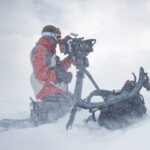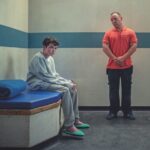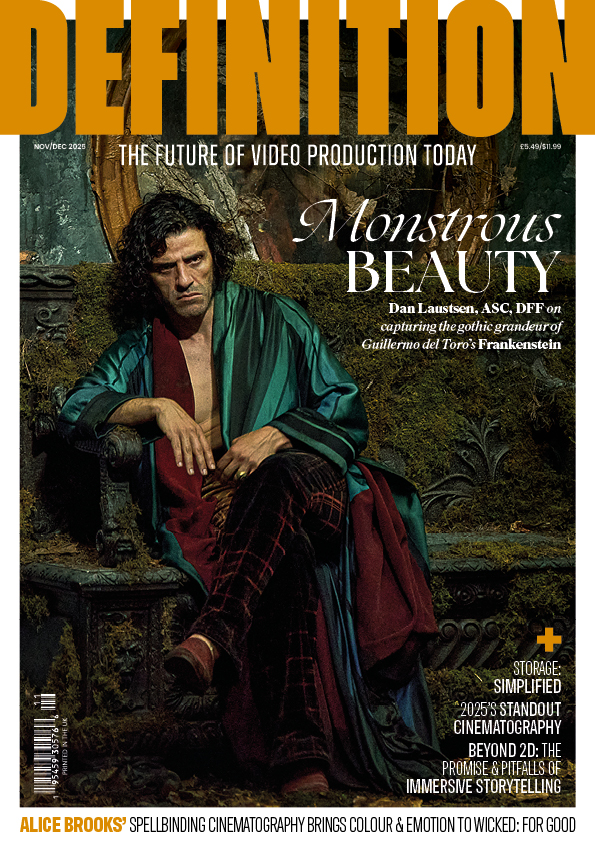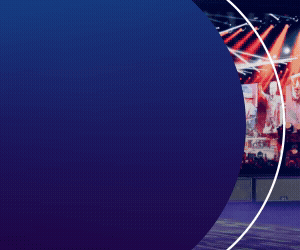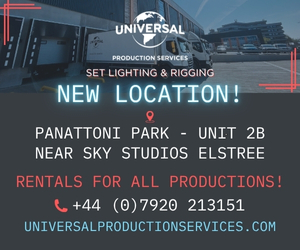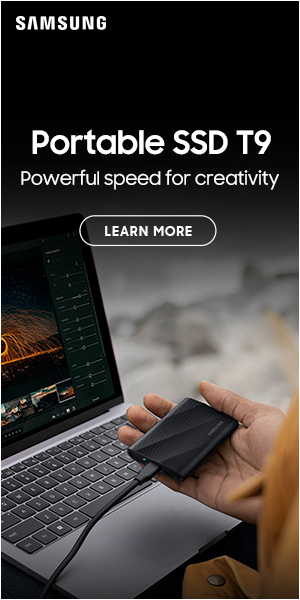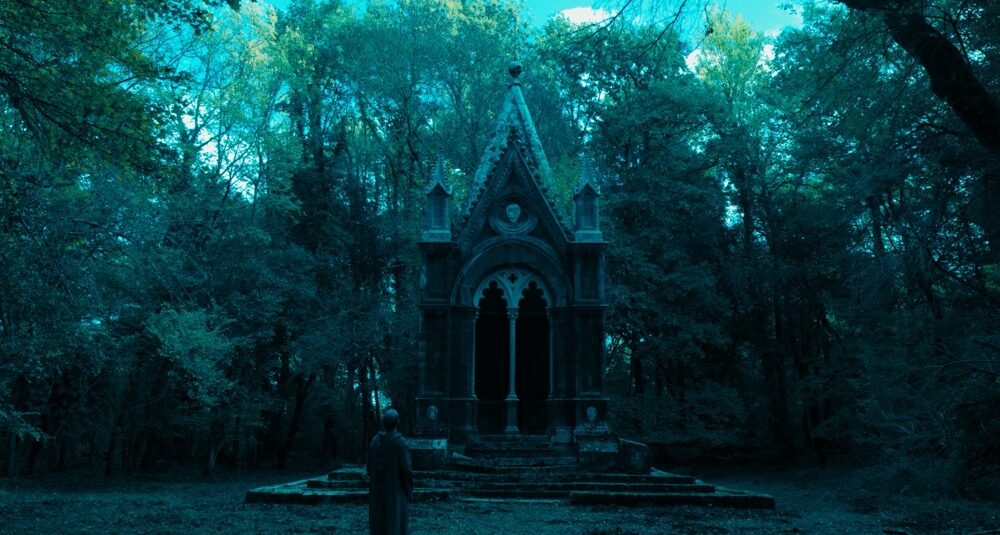
Production: Joachim and the Apocalypse
Posted on May 11, 2025 by Admin
From shooting on the Blackmagic URSA Mini Pro 12K to a fully integrated picture-post pipeline, the Delta Star Pictures team share how they crafted Joachim and the Apocalypse
Following its success at the Italian box office, 2024’s Joachim and the Apocalypse – a feature film directed by Jordan River – continues its journey internationally with a recent debut in the United States at the Los Angeles Italia Film Festival.
Set during the Crusades, the movie follows the final days of the monk and visionary theologian Joachim of Fiore. At the heart of the story is his radical interpretation of the apocalypse and the prophecy of the Third Epoch, which put his teachings at odds with the church.
Produced by Delta Star Pictures in Rome, the film was directed by River and lensed by DOP Gianni Mammolotti, AIC. The Blackmagic URSA Mini Pro 12K was chosen as the principal camera.
“Despite shooting digital, the URSA Mini Pro 12K delivered an organic and natural-looking image with incredible colour depth and a smooth roll-off in the highlights,” Mammolotti shares. The production opted for a lens package comprising both Cooke and Xeen optics, which balanced the need for a cinematic aesthetic with the practicality of shooting on real locations.
“Instead of building expensive sets, we embraced authentic medieval locations,” says Mammolotti. “We filmed in villages across Calabria and Lazio, in Cistercian abbeys – as well as remote, snow-covered landscapes – to get a raw, historical feel.”
“The Mount Tabor sequence was a race against the setting sun, trying to capture every nuance and detail before the sun disappeared behind the mountains,” recalls Mammolotti.
In the medieval interiors, including abbeys, scenes were lit only by torches and candles to maintain authenticity. “We worked at 1250 ISO to keep the shadows clean while preserving the natural softness of the firelight,” he adds.
“In the tonsure scene, we used strong backlighting inside the San Giovanni in Fiore Abbey, which was from sunlight streaming through a glass window. Despite the challenges this presented, the images retained the full tonal range in the shadows and on the protagonist’s skin, delivering a very natural result.”
The intensity of the scene ended up exceeding all expectations. “The actor was completely immersed in the moment, and managed to convey such emotional depth, that nothing else was needed. The fatigue, the mysticism and the transcendence – it was all right there,” Mammolotti reveals.
A wide aperture helped shape key shots, according to Mammolotti. “We shot lots of sequences at T2.8, keeping our characters visually distinct from the background while still holding detail in the environment,” he says. “For more stylised moments,” he adds, “particularly those depicting the protagonist’s altered perception, we shot in 8K at 120fps to slow down certain movements while preserving details.”
One of the most iconic sequences was the metaphysical battle with a seven-headed dragon, a symbolic representation of Joachim’s inner turmoil, constructed around Caravaggio-style chiaroscuro contrasts.
The entire sequence was shot on a green screen, with practical lighting to facilitate post-production VFX integration. “To create the effect of the dragon’s fiery breath, LED sources cast moving shadows on the actors, so the interaction felt tangible,” Mammolotti explains. “The 12K resolution caught an incredible level of detail in costumes and textures, which made CGI blending in post easier. For complex VFX sequences, we shot in Blackmagic Raw Q0, while less demanding scenes used a higher compression ratio to manage file sizes.”
The picture-post pipeline, including offline editorial and digital intermediate (DI) grade, relied on Blackmagic’s DaVinci Resolve Studio, with its Fusion Studio used to develop the film’s visual effects.
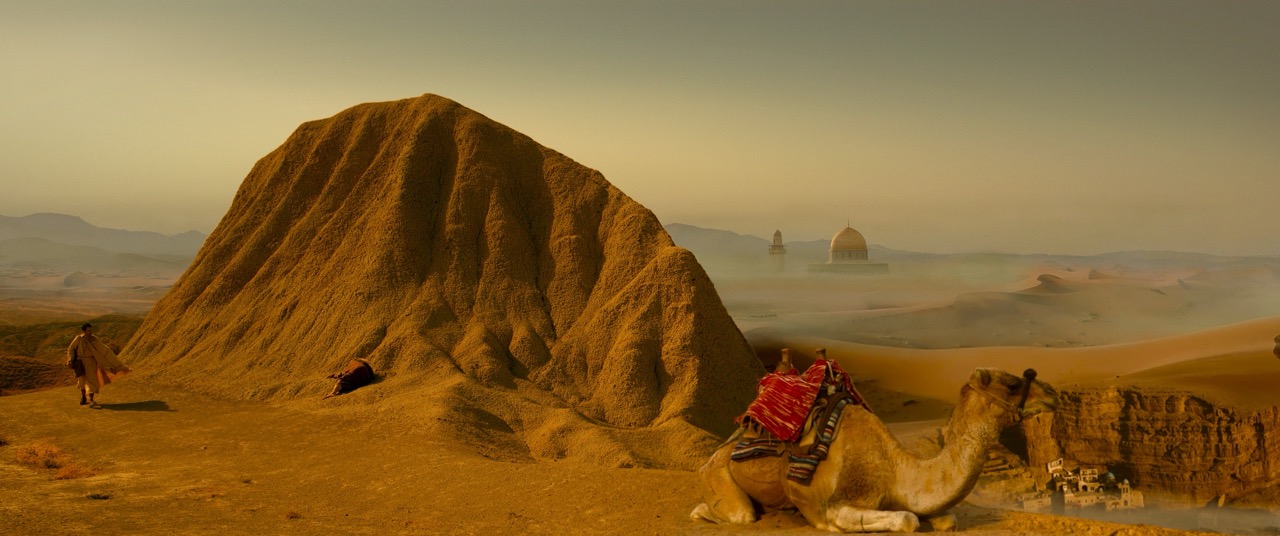
Shaping the edit
Editing Joachim and the Apocalypse involved handling an enormous amount of material, which required a particularly structured workflow. “The 60TB of footage, comprising a mix of camera and drone shots, meant organisation was essential to maintain control of the whole creative process and avoid technical bottlenecks,” explains editor Alessio Focardi.
“We ingested footage directly into the media pool and optimised playback using proxies in a log format, which we created using the Blackmagic Proxy Generator,” he continues. “We used Smart Bins in Resolve to automatically categorise footage using metadata tags, organising it by camera of origin, VFX or shot type, which helped speed up our shot selection during editorial.”
Remote collaboration between Florence and Rome added another layer of complexity. “The team worked with a system of twin disks, which allowed us to work on the project in real time,” notes Focardi. ”It gave us the freedom to export versions for review and approval as if we were all in the same room.” With the entire post team working on the same platform, some night scenes were given an initial colour treatment while the offline edit was still in progress.
“We had to evaluate the visual impact of certain sequences immediately – and the LUT preview in DaVinci Resolve helped us ensure the footage aligned with the intended atmosphere before moving to the final grade,” states Focardi. The transition from offline to online editing was immediate. “When relinking the timeline to the original files, we didn’t need an XML export – only a direct link to the camera originals media, ready for colour correction and finishing,” he adds.
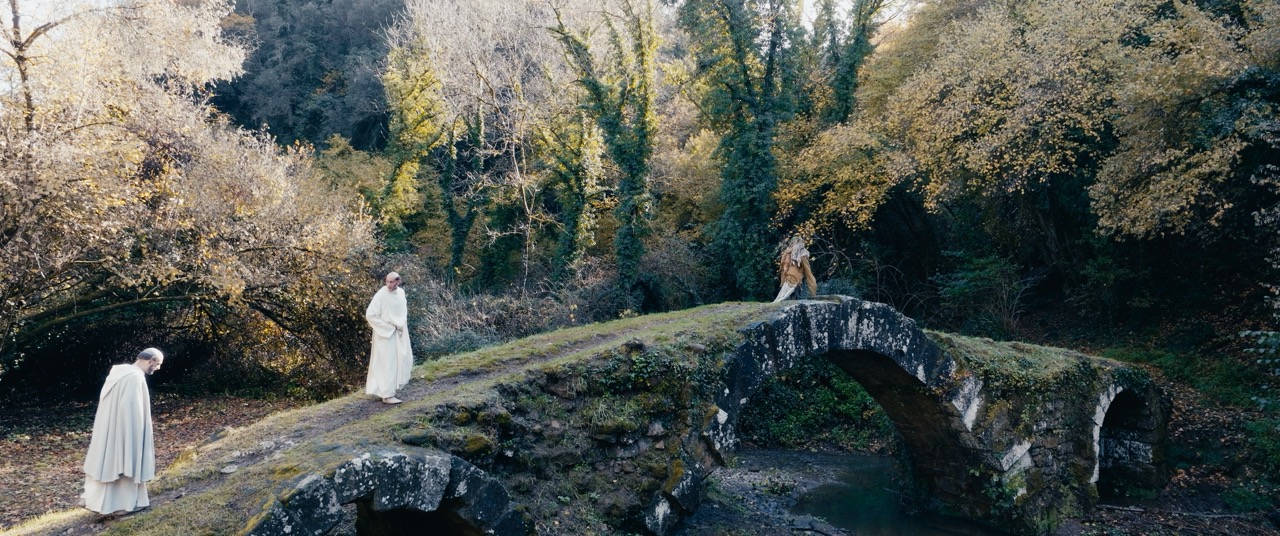
VFX pipeline
According to VFX supervisor Nicola Sganga, translating Joachim’s mystical visions into visual sequences was one of the film’s most fascinating challenges.
With more than 250 VFX shots to integrate, pre-production planning was essential. “We used VR viewers to design and visualise the digital environments in pre-production, which allowed the director and cinematographer to perfect compositions, angles and lighting in advance,” explains Sganga. “This approach minimised the need for extensive changes in post.”
For Sganga, Fusion’s node-based workflow brought Hollywood-level VFX techniques to the independent film. “The ability to create effects using nodes allowed us to integrate everything from importing and managing 3D models to matte painting, advanced keying and rotoscoping with tracking, ensuring precise compositing,” he explains.
The challenging battle sequence with the seven-headed dragon was a visual manifestation of Joachim’s fears and inner turmoil. For that, the creature was built using CGI, with a complex skeletal structure that allowed fluid and organic movements. “We carefully constructed and animated the dragon’s armour and rigging so that every movement, from the most subtle contractions to large-scale attacks, was physically accurate,” details Sganga. The environment, including the dragon’s cavernous lair, was recreated using photogrammetry and 3D scanning to ensure realism.
“Fusion’s 3D workspace allowed integration of pre-rendered 3D models, live-action footage and live digital effects to visualise the creature’s interactions with the actors and environment in real time,” observes Sganga. “It gave us lots of freedom to experiment until we found the best approach.”
On-set, moving LED lights were in sync with the dragon’s simulated fire, creating realistic reflections and flickering shadows on the actors. “We enhanced the scene with particle effects in Fusion, such as smoke and embers,” Sganga notes. “Delta Keyer allowed us to achieve precise keying and preserve complex details like hair, skin tones and costumes to integrate the actors into the digital environments.” One of the biggest advantages of DaVinci Resolve was keeping VFX, editing and colour grading in a single unified workflow. “We didn’t have to switch between programs. Any changes immediately showed up in Fusion, so we could test colour adjustments on VFX shots without breaking the workflow,” he concludes.
The film was distributed in DCP 4K for theatrical release, with final mastering completed in DaVinci Resolve Studio.
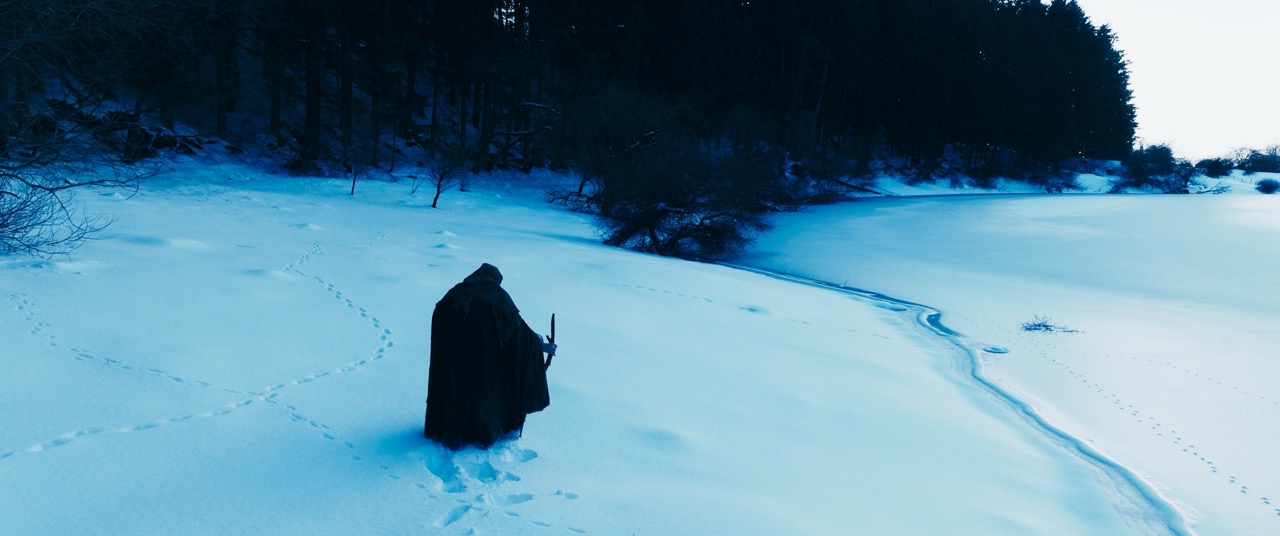
Development of the look
Bringing visual consistency to Joachim and the Apocalypse was no small task. The film moves between different environments: candlelit abbeys, snow-covered Sila mountains and the reddish tones of the Holy Land.
Some sequences, such as the backlit tonsure scene, presented specific challenges. “The biggest risk was losing depth in shadows,” recalls supervising colourist Ivan Tozzi. “We used False Colour on set to fine-tune exposure, and the RGB Parade tool in the grading suite to distribute saturation, making sure the image wouldn’t flatten out.”
Night sequences were tricky. “Some on-set flames appeared clipped on the monitors, but working in DaVinci Wide Gamut, we could recover every nuance of the fire in post, restoring realism without sacrificing contrast.”
To maintain the necessary balance between the characters and their surroundings, Tozzi tells us: “Magic Mask helped us refine lighting on faces without affecting the scene’s realism. For monastic interiors, this let us subtly remove modern distractions, like electrical cables, that would have broken the period authenticity.”
Outdoor scenes posed an entirely different dilemma. One of the most visually striking moments happens when Joachim, now living as a hermit, meets a little girl just before collapsing from hunger. “We softened the highlights with a Glow Effect to give the scene an ethereal quality,” says Tozzi.
Later, when Joachim discovers the site of the future monastery, the entire look shifts. “Colours lose warmth, contrast sharpens and a desaturated, austere palette reflects the weight of his inner journey. It becomes more ascetic and stripped back to perfectly mirror his transformation.”
This story appears in the April 2025 issue of Definition


